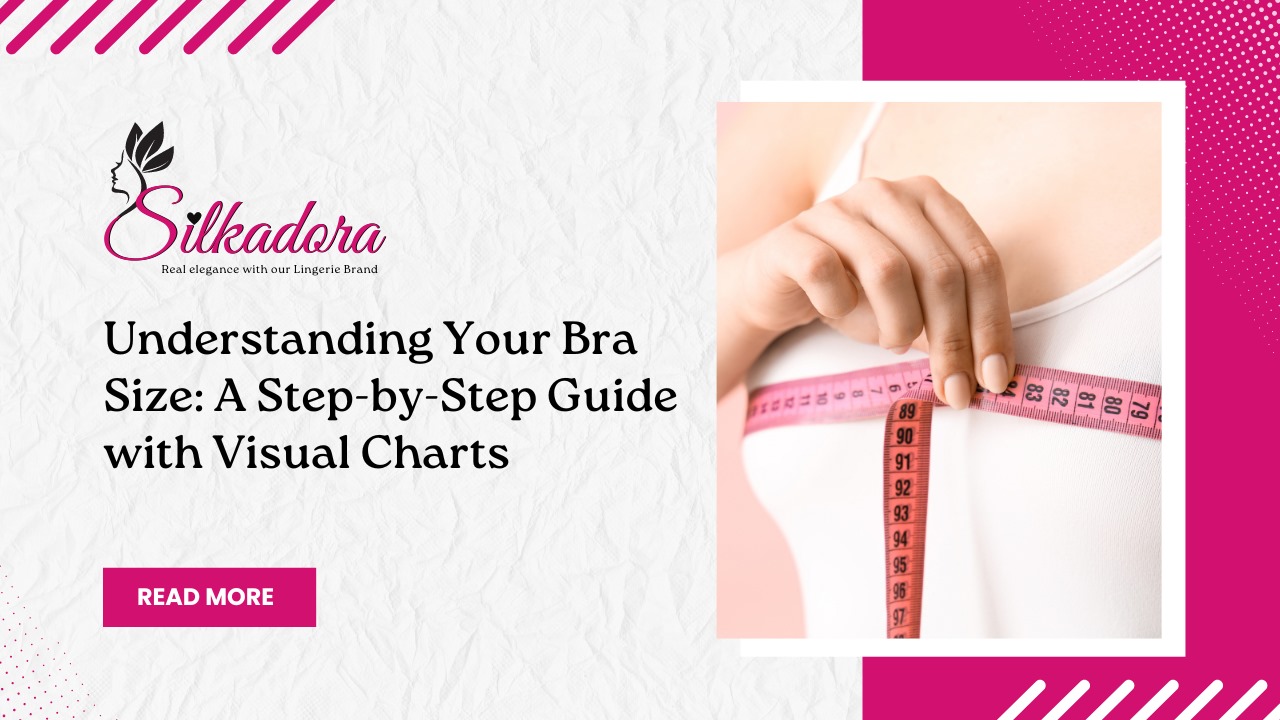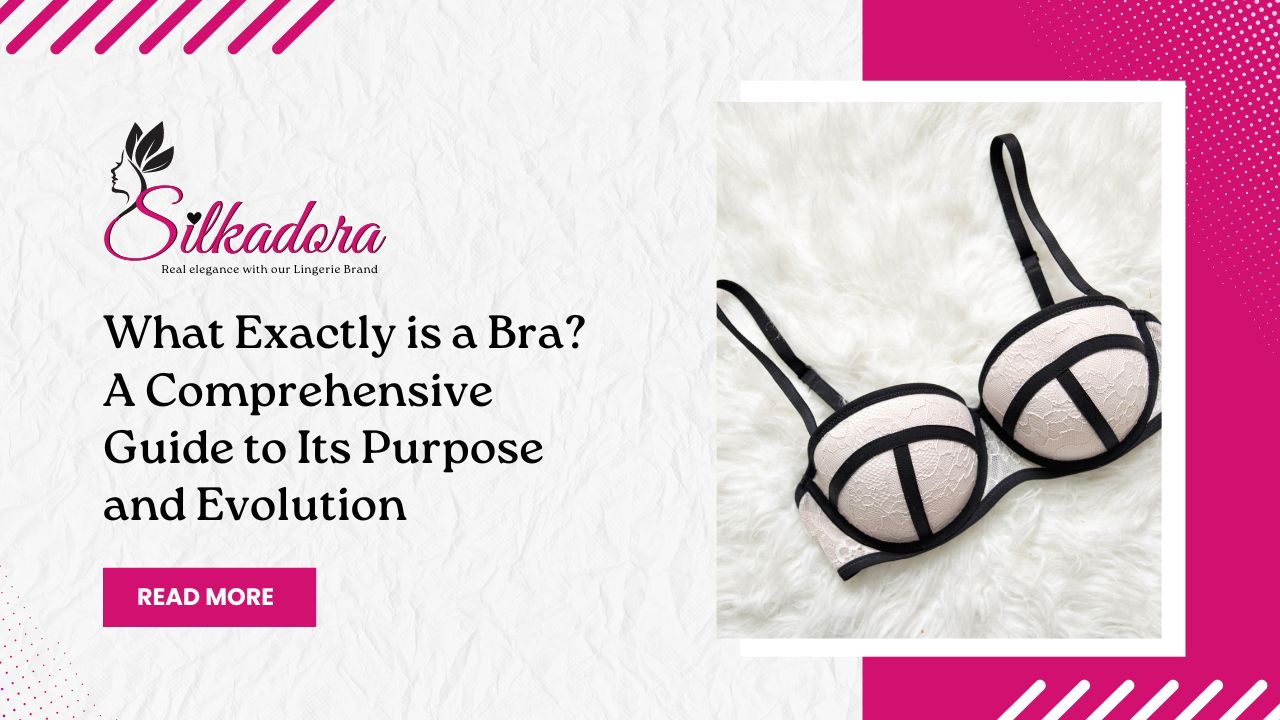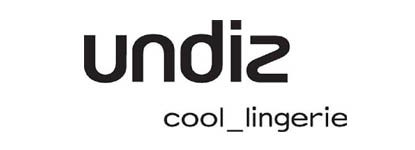Introduction to Bra Sizes
Are you tired of struggling to find the perfect bra size that actually fits comfortably? Understanding your bra size is key to feeling confident and comfortable in your own skin. In this comprehensive guide, we will take you through a step-by-step journey into the world of bra sizes, helping you unlock the secret to finding the ideal fit for your unique shape. Get ready to say goodbye to discomfort and hello to lingerie bliss!
The Importance of Wearing the Right Size
Wearing the right bra size is crucial for both comfort and support. Ill-fitting bras can lead to discomfort, back pain, and even posture issues. When your bra fits correctly, you’ll feel more confident and comfortable throughout the day.
An ill-fitting bra can also affect the way your clothes fit and how you present yourself. The right size can enhance your natural shape, providing a smoother silhouette under clothing.
Additionally, wearing the correct bra size can help prevent skin irritation or chafing that may occur with bras that are too tight or too loose. It’s essential to prioritize your comfort by ensuring you’re wearing the right size every day.
Finding the perfect fit is not just about aesthetics but also about caring for your body and overall well-being.
Measuring for Your Perfect Fit
When it comes to finding the perfect fit for your bra, proper measurements are key. Start by determining your bust measurement. To do this, wrap a measuring tape around the fullest part of your bust while wearing a non-padded bra. Make sure the tape is snug but not too tight.
Next, measure your band size by wrapping the tape around your ribcage just below your bust. Ensure that the tape is parallel to the ground and secure but comfortable.
Understanding cup sizes and shapes is also crucial in finding the right fit. Cup sizes range from A to D and beyond, with different shapes catering to various breast types.
Avoid common mistakes like choosing a bra that digs into your skin or creates bulges. Opt for styles that complement your body type instead.
Finding the right style for you can enhance both comfort and confidence in how you look and feel every day.
A. Bust Measurement
Measuring your bust correctly is the first step in finding the perfect bra size that provides both comfort and support. To measure your bust, wear a non-padded bra and stand up straight with your arms at your sides. Use a soft measuring tape to wrap around the fullest part of your bust, ensuring it’s parallel to the ground.
Make sure the measuring tape is snug but not too tight, as you want an accurate measurement without compressing your breasts. Take note of this measurement in inches without rounding up or down.
Once you have the number, compare it to standard sizing charts to determine your cup size based on how many inches difference there is between this measurement and your band size. Remember, every half-inch matters when it comes to finding that ideal fit for all-day comfort.
B. Band Size Measurement
When it comes to measuring your band size for the perfect bra fit, you want to ensure accuracy. The band size is the measurement around your ribcage just under your bust. To measure this, use a soft tape measure and wrap it snugly around your ribcage right below your breasts.
Make sure the tape measure is parallel to the ground and not too tight or too loose. Take note of the measurement in inches without rounding up or down. If you get an odd number, round it up to the nearest even number as band sizes typically come in even numbers.
Once you have your band measurement, refer to a sizing chart to determine your actual band size. This will be the number part of your bra size (e.g., 32, 34, 36). A properly fitting band should feel snug but comfortable without riding up when you raise your arms above your head.
Remember that having the correct band size is crucial for providing proper support and lift for your breasts.
Understanding Cup Sizes and Shapes
When it comes to bra sizing, cup sizes play a crucial role in providing the right support and comfort. Cup sizes are denoted by letters A, B, C, D, and beyond. Each letter represents a specific volume of breast tissue that the cup can accommodate.
The shape of the cups also varies from style to style. Some bras have full coverage cups for maximum support, while others have demi-cups for a more revealing look. The shape of the cups can impact how your breasts are lifted and supported.
It’s important to remember that cup size is relative to band size. For example, a 34B bra will have larger cups than a 32B even though they share the same letter. Understanding this relationship is key to finding your perfect fit.
Different brands may also offer slightly different interpretations of cup sizes and shapes. It’s essential to try on bras from various manufacturers to find what works best for your unique body shape.
Common Mistakes in Bra Sizing
When it comes to bra sizing, common mistakes can lead to discomfort and an improper fit. One of the most frequent errors is wearing a band that is too loose. A snug band provides essential support for your breasts.
Another mistake is overlooking cup size. Many people tend to underestimate their cup size, resulting in spillage or bulging. It’s crucial to find the right balance between band and cup size for optimal comfort.
Additionally, ignoring changes in weight or body shape can impact bra sizing accuracy. Regularly measuring yourself ensures you’re always wearing the correct size.
Not considering different styles for various outfits can affect how well your bra fits under different clothing types. Understanding which styles work best for your body type will enhance your overall comfort and confidence in any outfit choice.
Finding the Right Style for Your Body Type
Finding the right style of bra for your body type can make a world of difference in how comfortable and confident you feel. Consider your breast shape, size, and placement to determine which styles will best suit you.
For those with larger busts, full-coverage bras with wider straps provide extra support and lift. Avoiding styles with too much padding or push-up features can prevent overflow.
If you have a smaller chest, opt for bras with some padding or underwire to enhance your natural shape. Balconette or plunge bras work well to create cleavage without gaps.
Women with wide-set breasts may benefit from bras that have center panels to bring the breasts closer together for a more balanced look. Bras with side support panels can also help gather tissue towards the front.
It’s essential to try on different styles and sizes until you find what feels comfortable and looks flattering on your unique body shape.
Visual Chart Guide for Different Bra Sizes
Have you ever felt overwhelmed by the array of bra sizes available? Understanding your bra size doesn’t have to be complicated. A visual chart guide can be a game-changer in finding the perfect fit.
The chart typically displays band sizes on one side and cup sizes on the other, allowing you to easily identify where they intersect to determine your size. Each brand may vary slightly, so it’s important to refer specifically to their charts for accuracy.
Different styles like balconette, push-up, or sports bras may also impact how a particular size fits you. The visual guide helps in selecting the right style based on your body type and desired level of support.
By using these handy charts as a reference point while shopping for bras online or in-store, you can confidently find bras that not only fit well but also make you feel comfortable and supported all day long.
Tips for Maintaining and Replacing Bras
To keep your bras in top shape, it’s essential to rotate them regularly. This helps prevent wear and tear on any single bra from daily use. When washing your bras, always hand wash them with a gentle detergent to maintain their elasticity and shape. Avoid using the dryer; instead, let them air dry flat to preserve their longevity.
Consider investing in a lingerie bag to protect delicate fabrics during machine washing. Be sure to store your bras properly by stacking molded cups inside each other or utilizing bra storage organizers. Replace your bras every 6-12 months or when they no longer provide the necessary support.
By following these tips for maintaining and replacing your bras, you can ensure they continue to fit comfortably and supportively for years to come.
Conclusion
Understanding your bra size is crucial for both comfort and support. Wearing the right size can make a significant difference in how you look and feel. By following the step-by-step guide provided in this article, you can accurately measure yourself to find your perfect fit.
Remember, measurements can fluctuate over time due to factors like weight changes or pregnancy, so it’s essential to re-evaluate your bra size periodically. Additionally, knowing your body type and finding the right style of bra can enhance not only your comfort but also your confidence.
Don’t underestimate the impact of wearing a properly fitted bra. It’s worth investing time into measuring correctly and finding bras that suit you best. With this knowledge and guidance, you’ll be well-equipped to navigate the world of bra sizes with ease. So go ahead, embrace the process of discovering your ideal fit and enjoy all the benefits that come with it!











